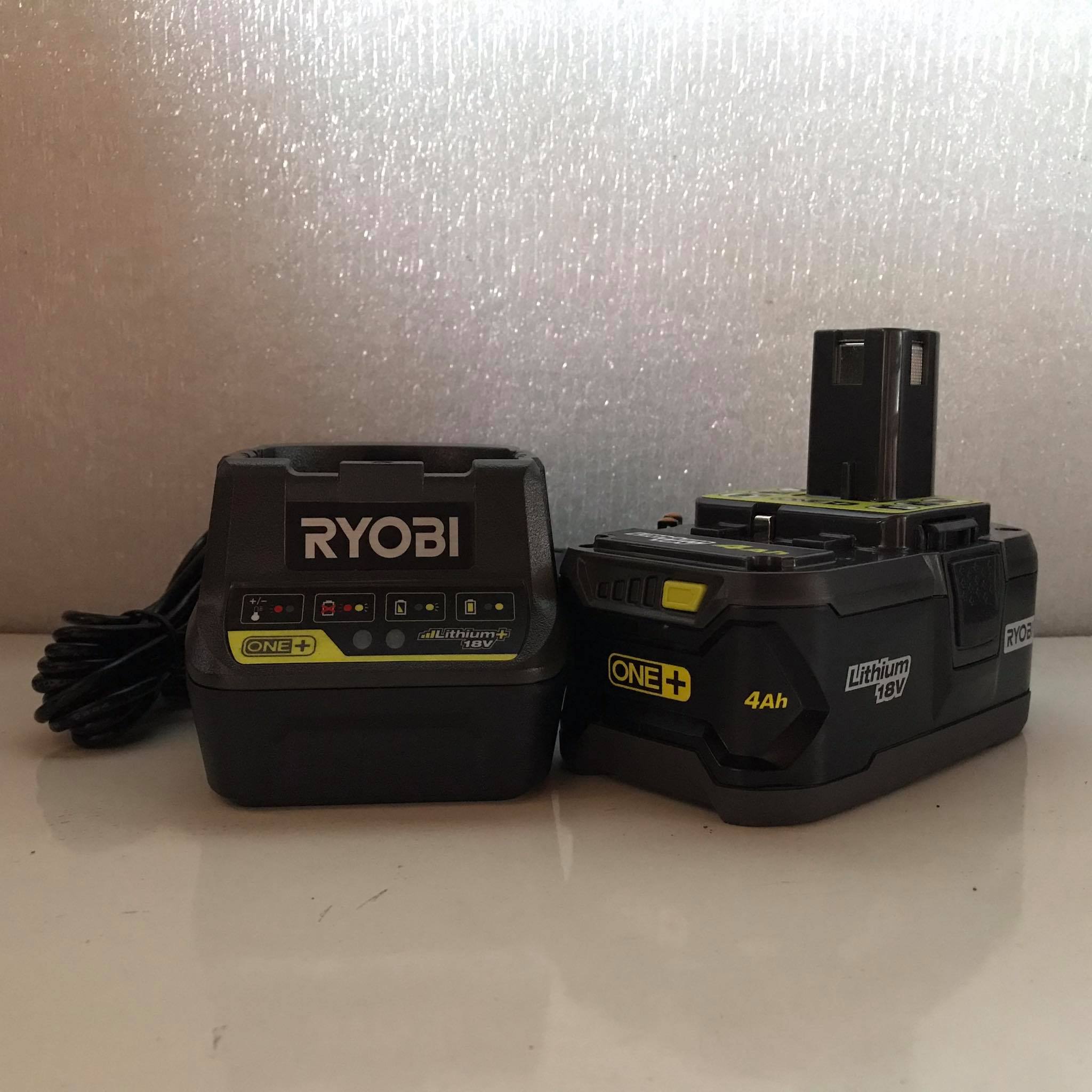

Articles
How To Reset Ryobi 18V Battery
Modified: October 20, 2024
Discover the steps to reset your Ryobi 18V battery easily with our informative articles. Learn how to revive and prolong the life of your battery for optimal performance.
(Many of the links in this article redirect to a specific reviewed product. Your purchase of these products through affiliate links helps to generate commission for Storables.com, at no extra cost. Learn more)
Introduction
Welcome to the world of power tools, where the convenience and efficiency of cordless equipment have revolutionized the way we tackle DIY projects and professional tasks. Ryobi, a trusted name in the industry, offers a range of cordless power tools powered by their 18V battery system. These batteries provide long-lasting power and versatility, making them a popular choice for homeowners and professionals alike.
However, like any rechargeable battery, Ryobi 18V batteries may experience performance issues over time. If you notice a decline in power output, reduced run-time, or difficulty in holding a charge, it might be time to consider resetting your battery.
In this article, we will explore the reasons behind resetting Ryobi 18V batteries, discuss various methods to reset them, and provide essential safety precautions to follow during the process. Whether you’re a DIY enthusiast or a professional tradesperson, understanding how to reset your Ryobi 18V battery can save you money and help maintain the performance of your power tools.
Key Takeaways:
- Resetting your Ryobi 18V battery can address issues like diminished capacity, incorrect readings, and memory effect, restoring its performance. Follow safety precautions and try methods like discharge and recharge or short-circuiting before considering replacements or warranty claims.
- Understanding the reasons for resetting Ryobi 18V batteries and following the appropriate methods and precautions can help extend battery lifespan, optimize performance, and ensure you have a reliable power source for your DIY and professional tasks.
Read more: How To Fix Dead Ryobi 18V Battery
Background on Ryobi 18V Batteries
Ryobi 18V batteries are part of the ONE+ battery system, an innovative lineup of power tool batteries developed by Ryobi. This system allows users to interchange batteries between various Ryobi cordless tools, providing compatibility and convenience across the range.
The Ryobi 18V battery operates on lithium-ion technology, which offers several advantages over traditional nickel-cadmium (NiCad) batteries. Lithium-ion batteries deliver more power, have a higher energy density, and are lighter and more compact than their NiCad counterparts.
The Ryobi 18V battery lineup includes different capacities and models, allowing users to choose the appropriate battery based on their specific power requirements. The batteries feature a built-in power gauge that indicates the remaining charge level, enabling users to monitor battery life accurately.
In addition to their compatibility and versatility, Ryobi 18V batteries are known for their durability and long-lasting performance. However, over time and with heavy use, these batteries may experience diminished capacity or other issues that affect their overall performance.
Resetting a Ryobi 18V battery can help restore its original performance by recalibrating the battery’s internal electronics and allowing it to work at its full potential. Resetting the battery can also help resolve issues such as incorrect battery capacity readings, poor power output, or a battery that won’t charge at all.
Before you proceed with resetting your Ryobi 18V battery, it is important to understand the reasons behind the need for a reset.
Reasons for Resetting Ryobi 18V Batteries
There are several reasons why you might consider resetting your Ryobi 18V battery:
- Diminished capacity: Over time, rechargeable batteries may lose their capacity to hold a full charge. This can lead to reduced run-time and decreased performance of your power tools. Resetting the battery can help recalibrate its internal components and optimize its capacity.
- Incorrect readings: Sometimes, a Ryobi 18V battery may provide inaccurate readings of its remaining capacity. This can lead to unexpected power loss or premature shut-offs. Resetting the battery can help resolve this issue and ensure that the power gauge accurately reflects the battery’s charge level.
- Memory effect: Lithium-ion batteries, including Ryobi 18V batteries, are not prone to the memory effect that was common with older battery technologies. However, in rare cases, the battery’s internal memory can develop irregularities, leading to a decrease in performance. Resetting the battery can help eliminate any memory effect and restore its full potential.
- Overheating and protection circuit tripping: Ryobi 18V batteries are equipped with protection circuits to prevent overcharging, overheating, and short circuits. In some situations, the protection circuit may trip, causing the battery to stop working. Resetting the battery can help reset the protection circuit and allow it to function properly.
- Optimizing overall performance: Even if your Ryobi 18V battery is functioning correctly, a reset can help optimize its overall performance. By recalibrating the battery’s internal electronics, you can ensure that it is operating at its maximum capability, providing optimal power and run-time.
It’s important to note that not all battery issues can be resolved by resetting alone. If you have tried resetting your Ryobi 18V battery and continue to experience problems, it may be time to consider other options, such as replacing the battery or seeking assistance from Ryobi’s customer support.
Now that we have explored the reasons for resetting Ryobi 18V batteries, let’s move on to the precautions and safety measures you should follow before attempting a reset.
Precautions and Safety Measures
Before attempting to reset your Ryobi 18V battery, it is essential to take certain precautions to ensure your safety and protect the battery from any damage. Here are some important safety measures to keep in mind:
- Read the user manual: Familiarize yourself with the instructions provided by Ryobi in the user manual for your specific battery model. The manual will provide important information about the battery’s specifications, proper handling procedures, and any specific precautions or recommendations.
- Wear protective gear: Always wear appropriate protective gear, including safety glasses and gloves, when working with batteries. This will protect you from any potential hazards, such as accidental contact with battery acid or short circuits.
- Avoid water and extreme temperatures: Keep the battery away from water, excessive heat, and extreme cold. Exposure to these elements can damage the battery and compromise its performance. Store the battery in a cool, dry place when not in use.
- Disconnect power sources: Before attempting to reset the battery, ensure that all power sources, such as the charger or power tool, are disconnected. This will prevent any accidental electrical shocks or damage to the battery during the reset process.
- Handle with care: Treat the battery with care and avoid dropping or mishandling it. Rough handling can damage the battery and increase the risk of a short circuit or other issues.
- Avoid disassembling the battery: Do not attempt to disassemble the battery or modify its internal components. This can not only void the warranty but also be dangerous and result in injury or damage to the battery.
- Dispose of old batteries responsibly: If your Ryobi 18V battery is beyond repair and needs replacement, dispose of it properly according to local regulations. Many retail stores and recycling centers offer battery recycling programs to ensure their safe and environmentally friendly disposal.
Following these precautions and safety measures will help you minimize the risks associated with resetting your Ryobi 18V battery and ensure a safe and successful reset process. With the necessary precautions in place, let’s explore different methods you can use to reset your battery.
Method 1: Discharge and Recharge
One of the simplest methods to reset your Ryobi 18V battery is by fully discharging and then recharging it. This method helps recalibrate the battery’s internal circuitry and optimize its performance. Here’s how you can do it:
- Use the battery until fully discharged: Insert the battery into a Ryobi power tool or device and use it normally until it is completely drained. You can monitor the battery’s charge level using the built-in power gauge or by observing the decrease in power output.
- Remove the battery from the power tool: Once the battery is fully discharged, remove it from the power tool or device. It is important to let the battery cool down for a few minutes before proceeding to the next step.
- Allow the battery to rest: After removing the battery, let it rest for approximately 15-30 minutes. This rest period allows the battery’s cells to equalize and stabilize before the recharge process.
- Connect the battery to the charger: Insert the discharged battery into a compatible Ryobi charger. Ensure that the charger is plugged into a power source.
- Monitor the charging process: Keep an eye on the charging process to ensure that it is progressing normally. Most Ryobi chargers have indicators that show the charging status, such as a solid light or a flashing light.
- Allow the battery to fully recharge: Leave the battery in the charger until it charges to its full capacity. This may take a few hours, depending on the battery’s capacity and the charging level at the start.
- Monitor battery performance: Once the battery is fully charged, reinsert it into a Ryobi power tool or device and test its performance. You should notice improved run-time and overall power output.
If you continue to experience issues with your Ryobi 18V battery after attempting this method, you may need to explore other reset options or consider contacting Ryobi’s customer support for further assistance.
Now that you’re familiar with the discharge and recharge method, let’s move on to another technique you can try to reset your Ryobi 18V battery.
To reset a Ryobi 18V battery, simply remove it from the charger and then reinsert it. This can help reset the battery’s internal circuitry and improve its performance.
Read more: How Long Does A Ryobi 18V Battery Last
Method 2: Short-circuit Method
The short-circuit method is another technique you can try to reset your Ryobi 18V battery. This method involves temporarily short-circuiting the battery to discharge it quickly and reset its internal circuitry. Here’s how you can perform the short-circuit method:
- Put on protective gloves and safety glasses: Before you begin, ensure you are wearing the necessary protective gear to prevent any injuries or accidents.
- Locate the battery terminals: Identify the positive (+) and negative (-) terminals on your Ryobi 18V battery. These terminals are usually marked or color-coded for easy identification.
- Prepare wire connectors: Obtain two wire connectors or alligator clips. Connect one wire connector to the positive terminal of the battery and the other to the negative terminal. Ensure a secure and stable connection.
- Short-circuit the wire connectors: Connect the two wire connectors or alligator clips together, bypassing the battery terminals. This creates a short-circuit condition, discharging the battery rapidly.
- Monitor the discharge process: Keep an eye on the wire connectors and battery during the short-circuit. You may notice some sparks or heat generation, which is normal during the discharging process.
- Disconnect the wire connectors: After a few seconds of short-circuiting, disconnect the wire connectors or alligator clips from each other and the battery terminals. Be cautious as the connectors may be hot.
- Allow the battery to rest: Give the battery a few minutes to cool down and stabilize before proceeding further.
- Recharge the battery: Insert the discharged battery into a compatible Ryobi charger and allow it to fully recharge. Monitor the charging process to ensure it completes successfully.
- Test battery performance: Once the battery is fully charged, reinsert it into a Ryobi power tool or device and test its performance. The reset should result in improved power output and run-time.
It is important to note that the short-circuit method should be used with caution, as it involves potential safety risks. Be sure to follow the instructions carefully and avoid touching the wire connectors or alligator clips while they are connected or immediately after disconnecting them.
If you still encounter issues with your Ryobi 18V battery after attempting the short-circuit method, consider trying other reset options or reaching out to Ryobi’s customer support for further assistance.
Now let’s explore another method you can use to reset your Ryobi 18V battery.
Method 3: Freezing Method
Another unconventional method that you can try to reset your Ryobi 18V battery is the freezing method. This method involves subjecting the battery to sub-zero temperatures, which can help reset its internal chemistry and improve its performance. Here’s how you can perform the freezing method:
- Gather necessary materials: You will need a sealable plastic bag, a towel or cloth, and access to a freezer.
- Prepare the battery: Remove the battery from the power tool or device, and wipe it clean with a dry cloth to remove any dust or debris.
- Place the battery in a plastic bag: Put the battery into a sealable plastic bag, ensuring it is tightly sealed to prevent any moisture from entering.
- Wrap the plastic bag in a towel: Wrap the plastic bag containing the battery in a cloth or towel. This added layer of insulation helps to maintain a consistent temperature and protects the battery from potential condensation.
- Put the battery in the freezer: Place the wrapped battery in the freezer and let it sit for at least 12 to 24 hours.
- Remove the battery from the freezer: After the designated time, take the battery out of the freezer and let it come back to room temperature naturally. Do not attempt to accelerate the warming process with external heat sources.
- Recharge the battery: Insert the frozen battery into a compatible Ryobi charger and allow it to fully recharge. Monitor the charging process to ensure it completes successfully.
- Test battery performance: Once the battery is fully charged, reinsert it into a Ryobi power tool or device and test its performance. The reset should result in improved power output and run-time.
It’s important to note that the freezing method is not guaranteed to work for all battery issues. Moreover, repeated freezing and thawing can potentially damage the battery, so it should be used sparingly as a last resort. If you continue to experience issues or a decline in battery performance, it’s advisable to consider other reset options or consult Ryobi’s customer support for further assistance.
Now that we have explored the freezing method, let’s move on to other alternatives and options for resetting your Ryobi 18V battery.
Method 4: Replacement and Warranty Options
If you have tried the previous reset methods and your Ryobi 18V battery continues to exhibit performance issues, it may be time to consider other options, such as replacement or utilizing the warranty. Here are a few steps you can take:
- Check the warranty: Review the warranty terms and conditions provided by Ryobi for your specific battery model. Determine if your battery is still within the warranty period and if it covers the specific issues you are experiencing.
- Contact Ryobi customer support: Reach out to Ryobi’s customer support, either through their website, phone, or email. Explain the issues you are facing with your battery and provide any relevant details, such as the purchase date and warranty information.
- Follow warranty instructions: Ryobi’s customer support will guide you through the warranty claim process, which may involve returning the battery to them for inspection or providing proof of purchase. Follow their instructions closely to proceed with the warranty claim.
- Consider purchasing a replacement battery: If your battery is no longer covered by the warranty or the issues you are facing are not covered, you may need to purchase a replacement battery. Check with Ryobi or authorized dealers for the availability of compatible replacement batteries.
- Dispose of the old battery responsibly: If you need to replace your Ryobi 18V battery, ensure you dispose of the old battery responsibly. Many retail stores and recycling centers offer battery recycling programs to ensure their safe and environmentally friendly disposal.
It’s essential to note that battery warranties and replacement options may vary based on your location and the specific terms provided by Ryobi. Always consult the warranty information provided with your battery or contact Ryobi’s customer support for accurate and up-to-date information.
By exploring warranty options and considering replacement batteries, you can ensure that your power tools continue to perform optimally with a reliable and functional battery.
Now that we have explored various reset methods and replacement options, let’s conclude our discussion.
Conclusion
Ryobi 18V batteries are renowned for their versatility and long-lasting performance, powering a wide range of cordless power tools. However, over time, these batteries may experience issues such as diminished capacity, incorrect readings, or memory effect. Resetting your Ryobi 18V battery can help address these problems and restore its performance to its full potential.
In this article, we explored four different methods to reset your Ryobi 18V battery. The discharge and recharge method recalibrates the battery’s internal circuitry through a complete discharge and recharge cycle. The short-circuit method involves momentarily bypassing the battery terminals to discharge it rapidly. The freezing method uses sub-zero temperatures to reset the battery’s internal chemistry. And if all else fails, you can explore replacement options or utilize the warranty offered by Ryobi.
Throughout the reset process, it is crucial to prioritize safety by following precautions such as wearing protective gear, avoiding water and extreme temperatures, and disconnecting power sources. Additionally, it is essential to handle the battery with care and dispose of old batteries responsibly.
Remember, not all battery issues can be resolved by resetting alone, and it’s important to consider other options if problems persist. Whether it’s a replacement battery or assistance from Ryobi’s customer support, exploring all available alternatives ensures you have a properly functioning battery to power your tools.
By understanding the reasons behind resetting Ryobi 18V batteries and following the appropriate methods and precautions, you can extend the lifespan of your batteries, optimize their performance, and continue to tackle your DIY projects and professional tasks with confidence.
Curious about the tools that can really make a difference in your DIY projects or home repairs? Our next read dives into various options and outlines which power tools excel, helping you make informed decisions for your toolbox. Whether you're a seasoned handyman or just starting out, understanding which tools offer the best performance and value is key. So, don’t miss out; check out our detailed guide on power tools to equip yourself with the right gear for any job!
Frequently Asked Questions about How To Reset Ryobi 18V Battery
Was this page helpful?
At Storables.com, we guarantee accurate and reliable information. Our content, validated by Expert Board Contributors, is crafted following stringent Editorial Policies. We're committed to providing you with well-researched, expert-backed insights for all your informational needs.

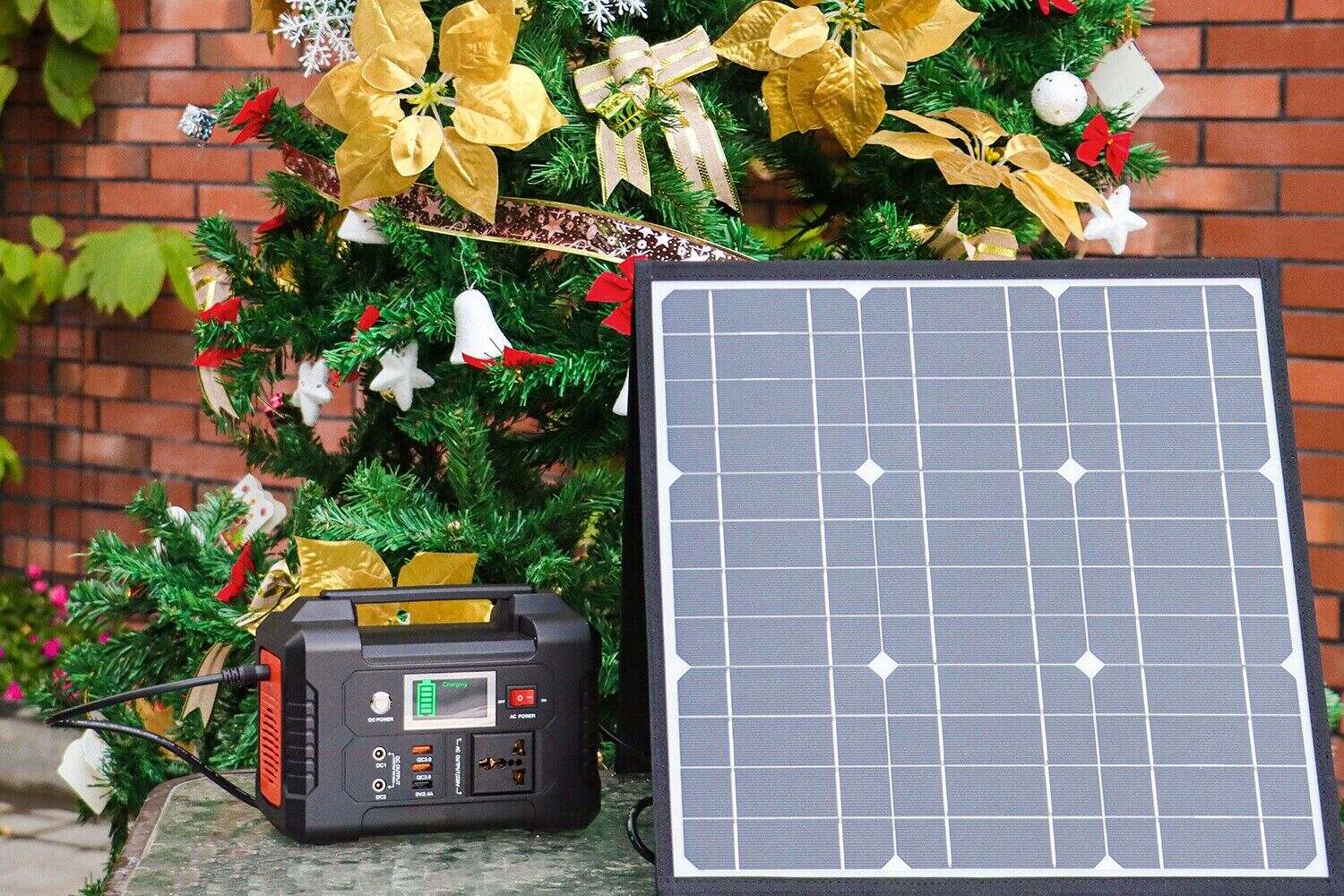
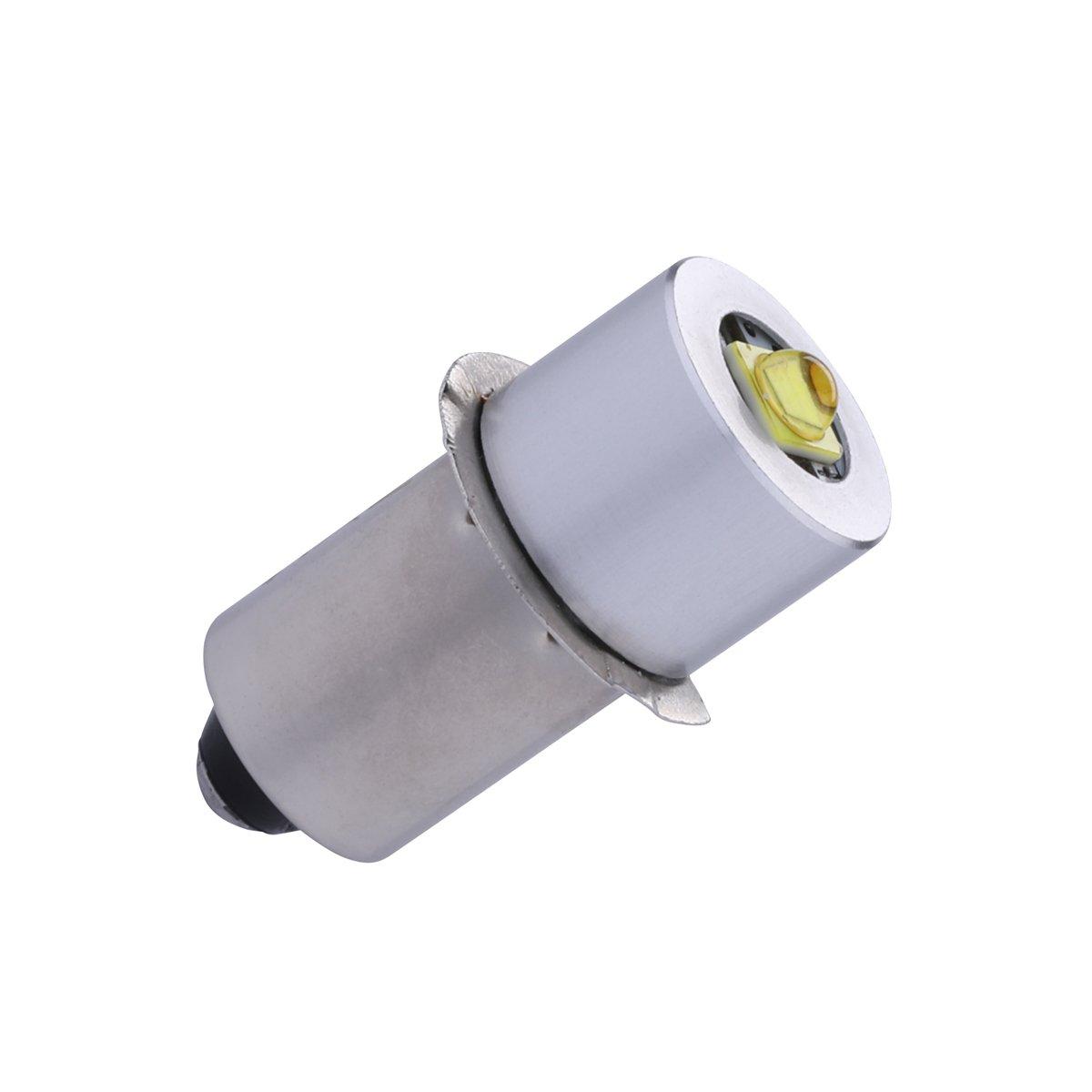
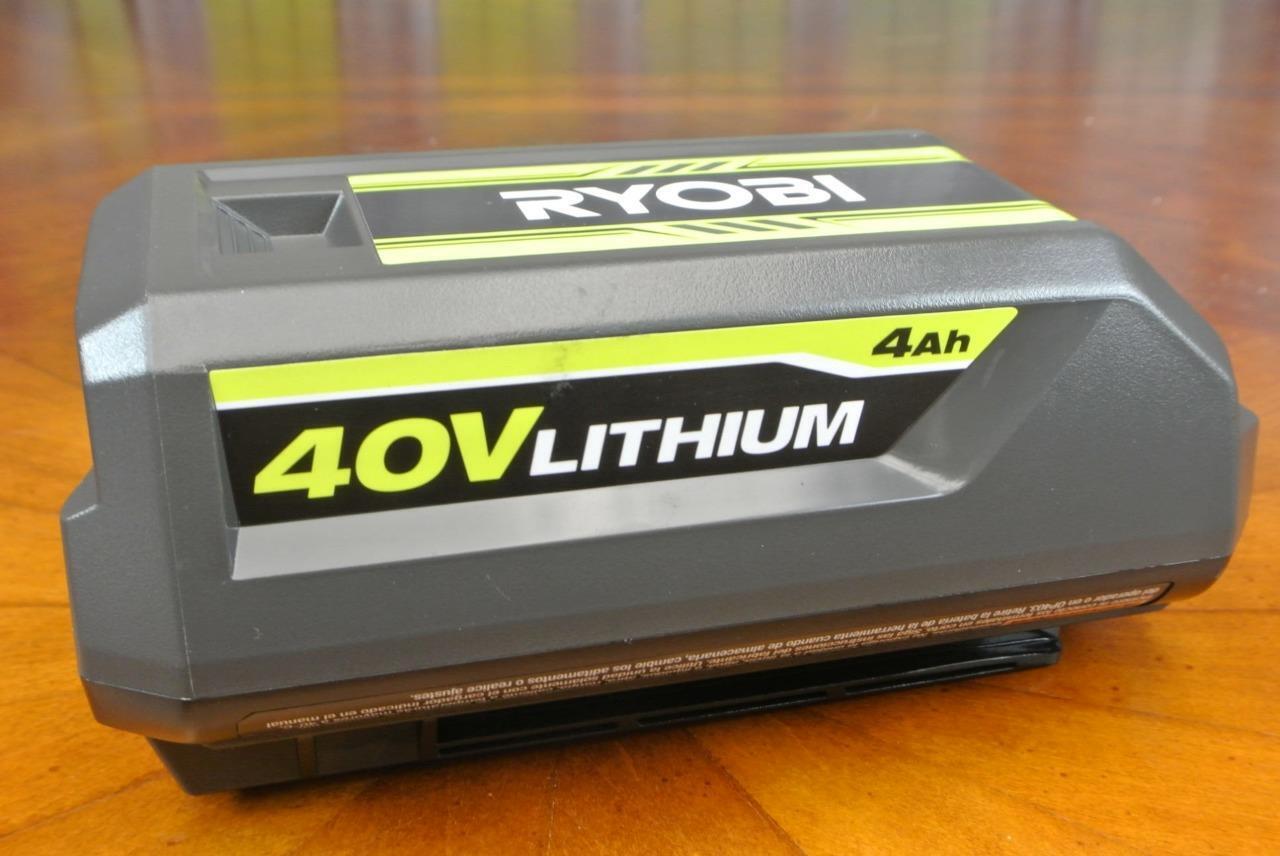
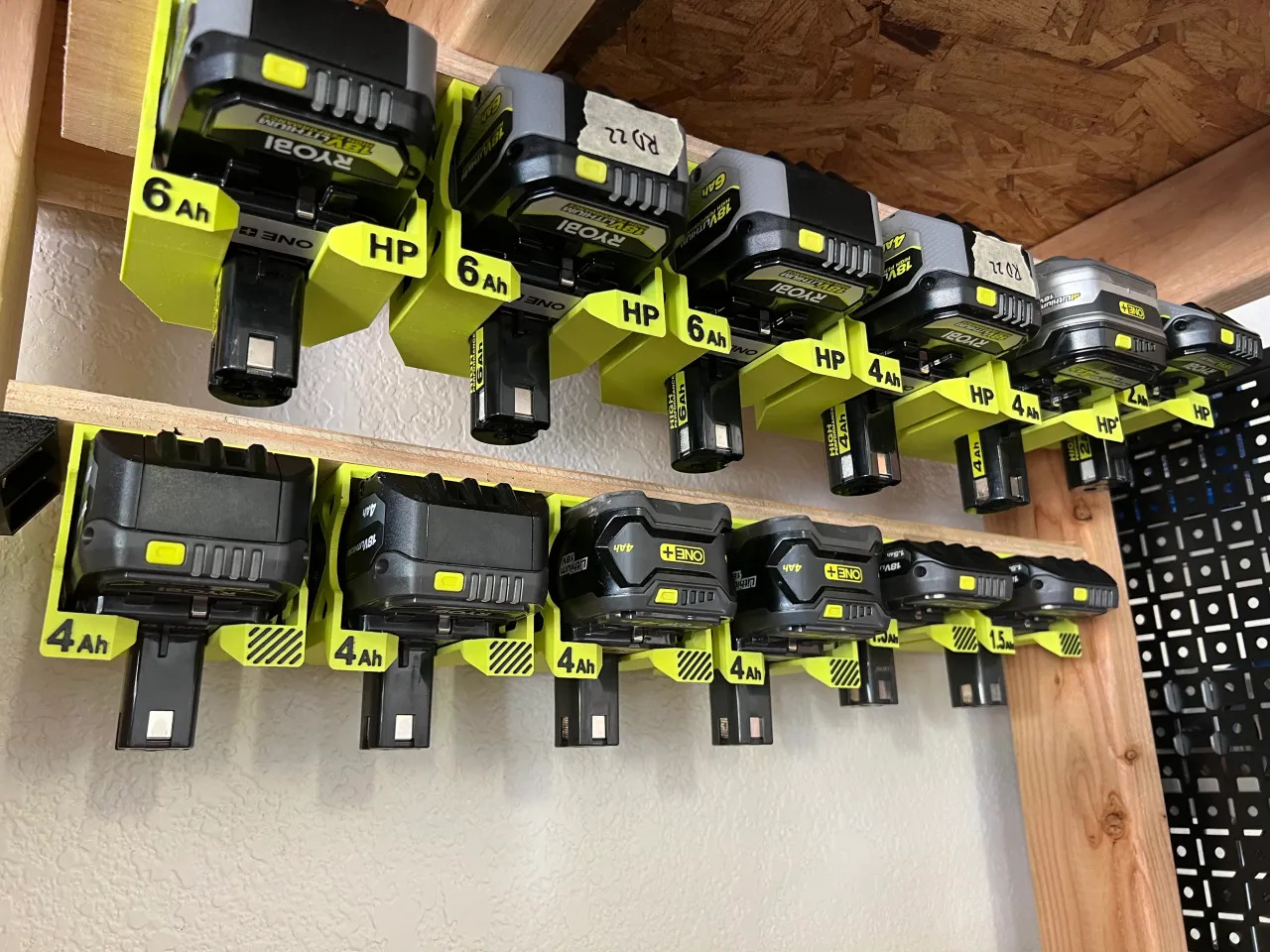
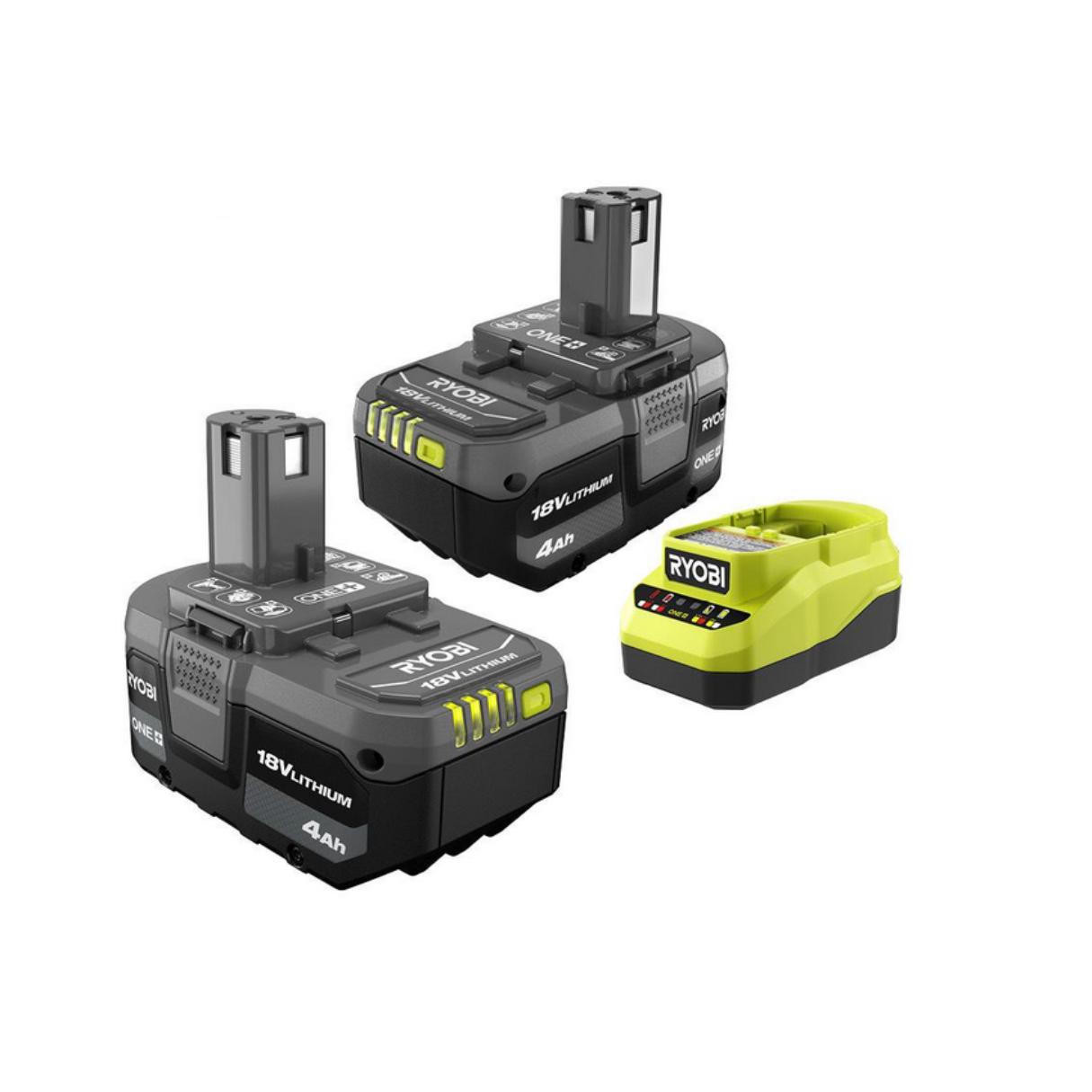
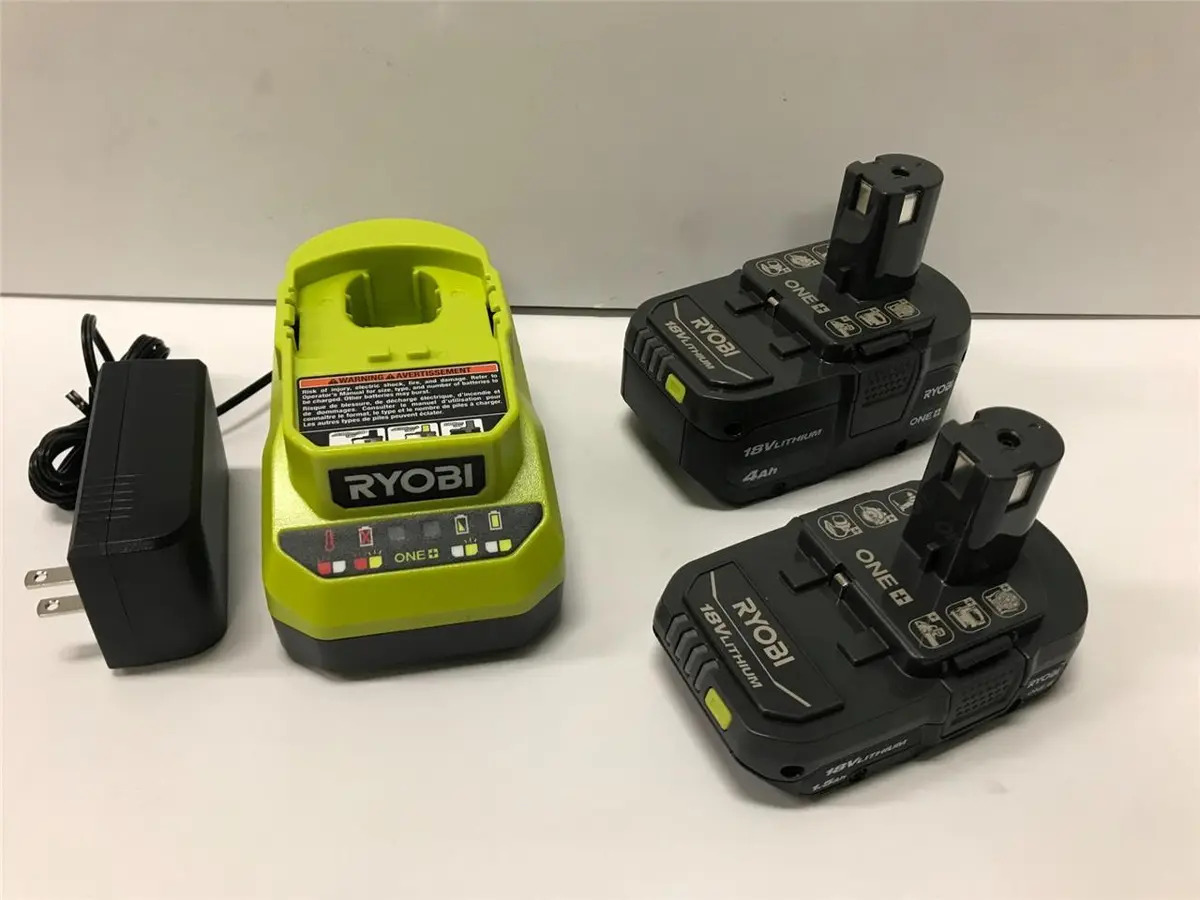
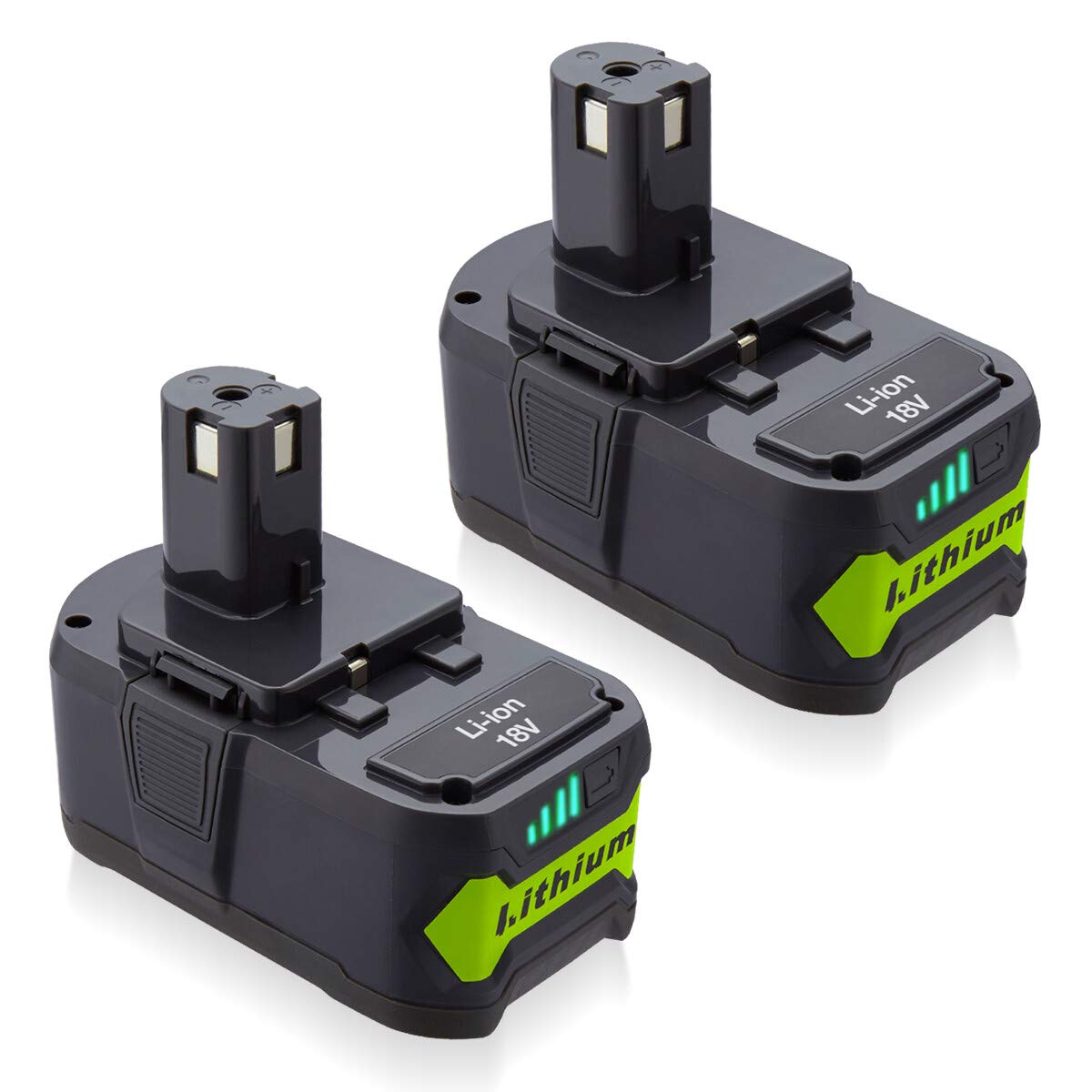
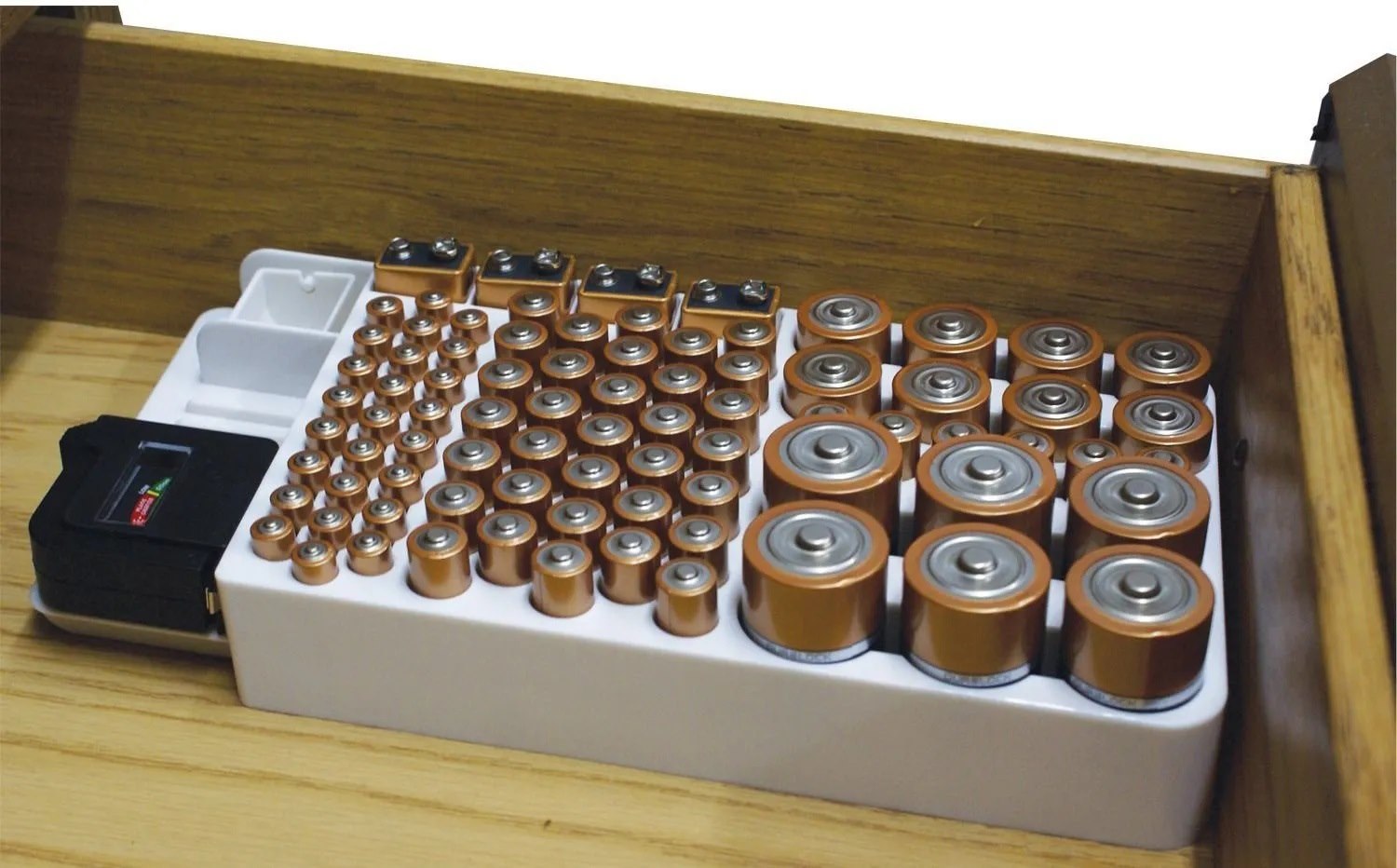

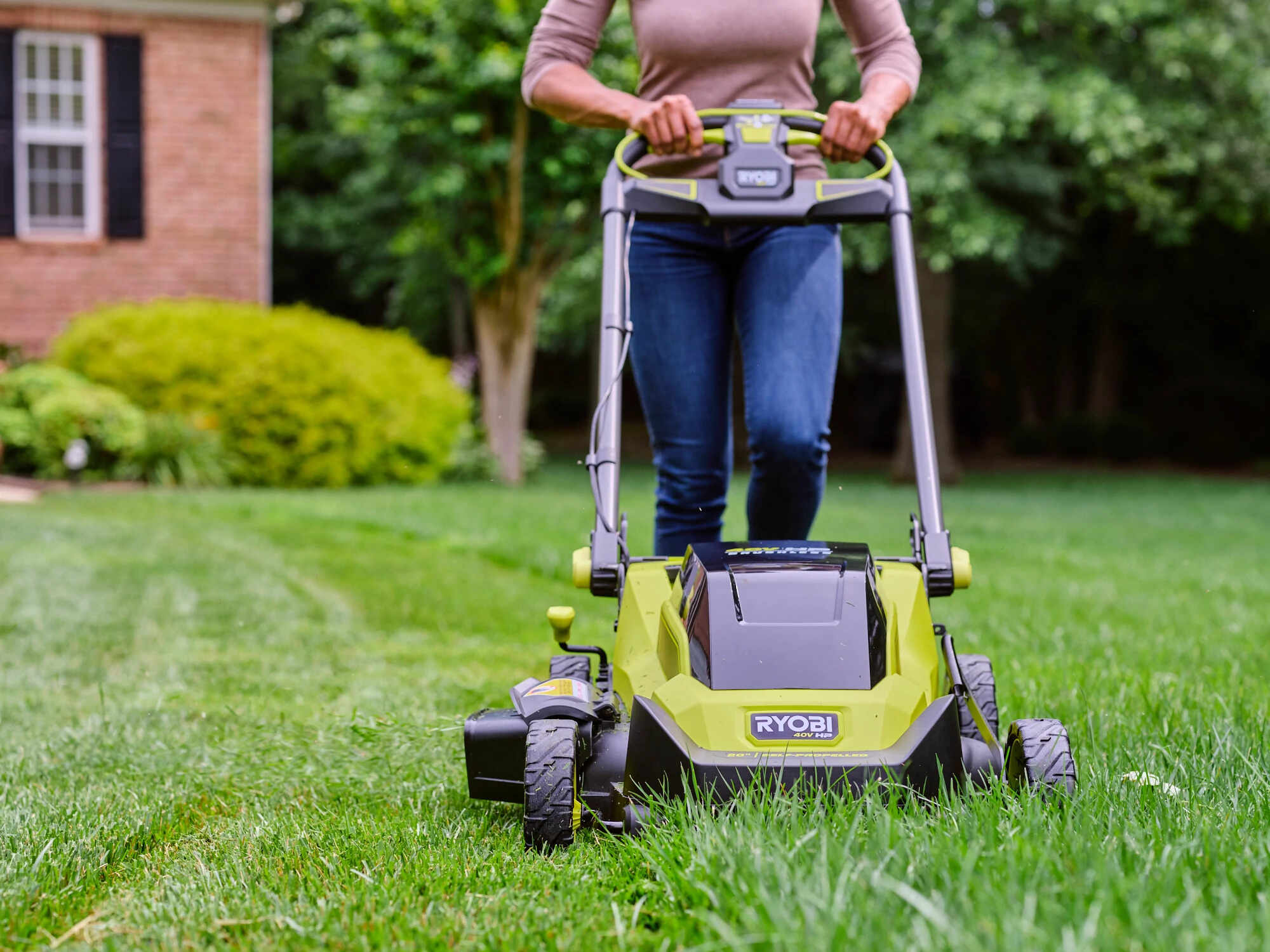
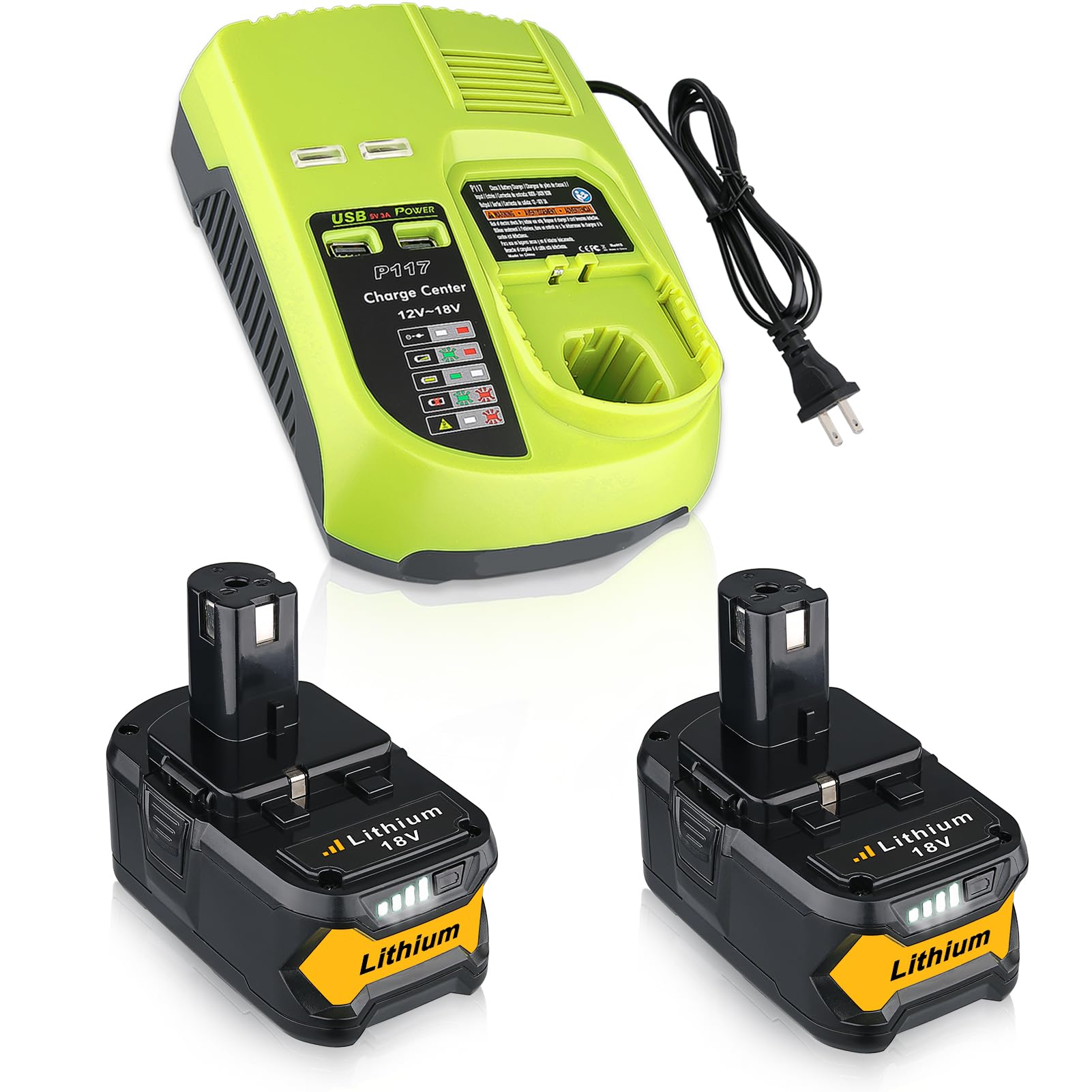
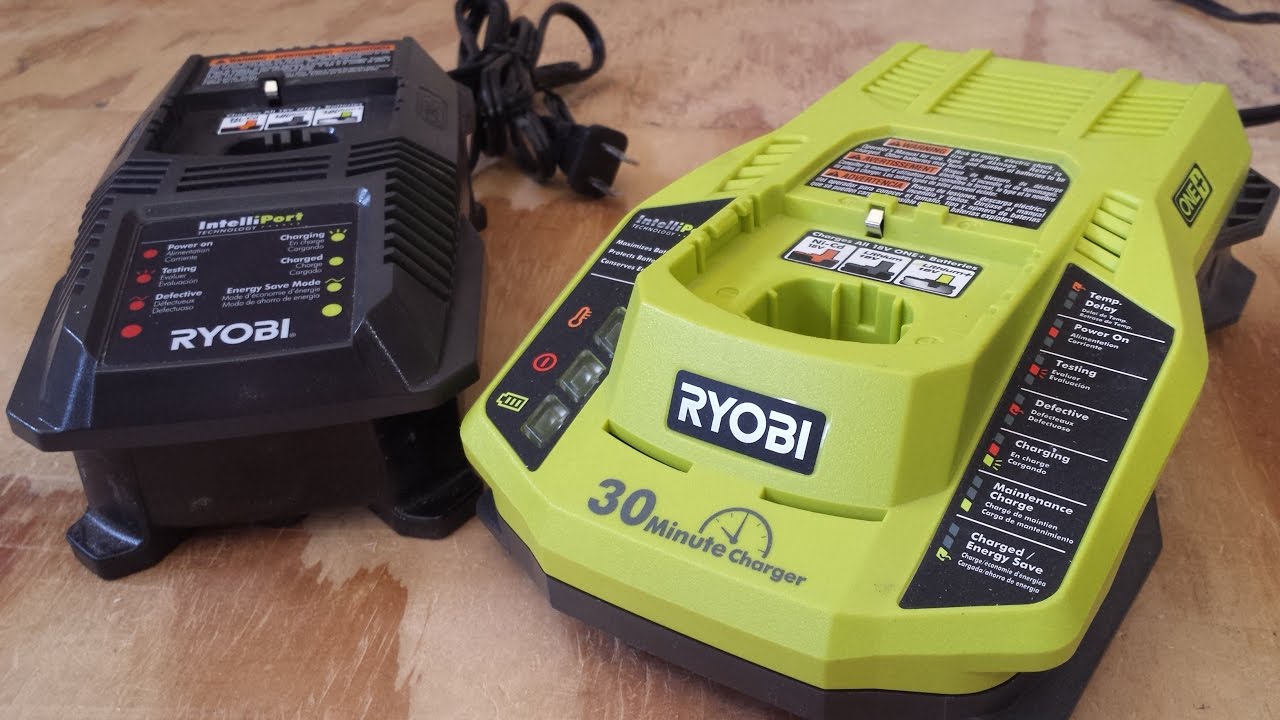
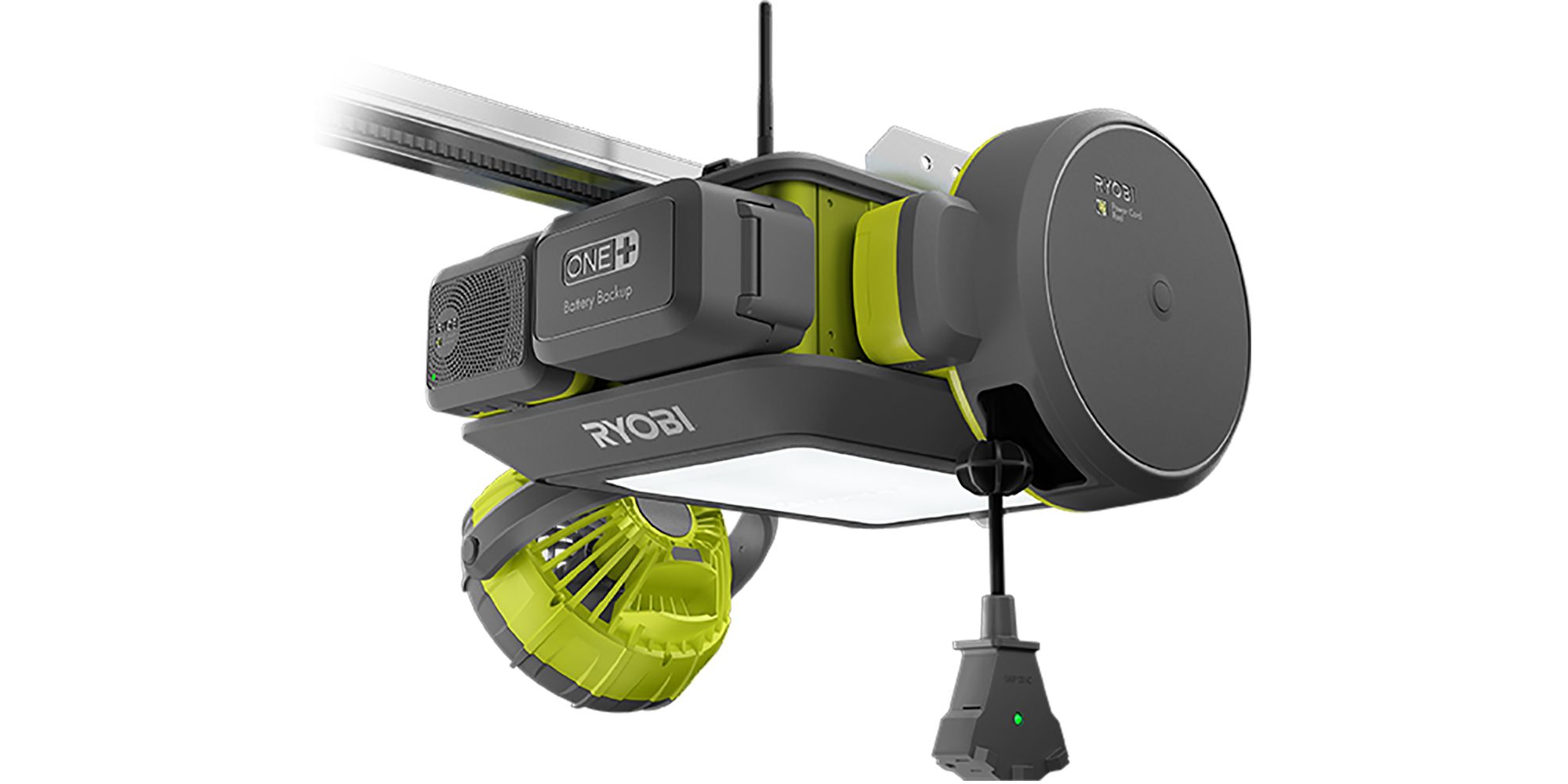

0 thoughts on “How To Reset Ryobi 18V Battery”